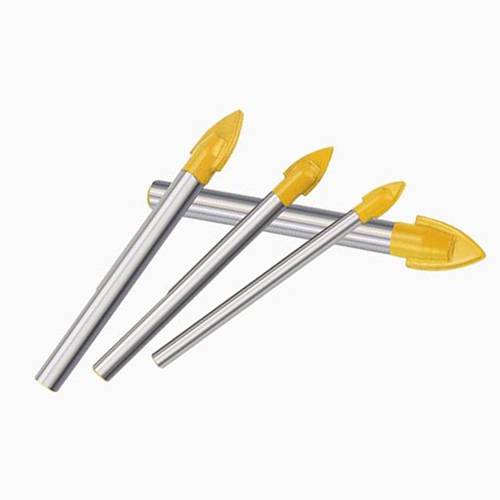loading...
- No. 9, Xingyuan South Street, Dongwaihuan Road, Zaoqiang County, Hengshui, Hebei, China
- admin@zjcomposites.com
- +86 15097380338
- Welcome to visit our website!
Techniques for Cutting FRP Grating Efficiently and Precisely in Various Applications
Understanding Cutting FRP Grating Applications, Benefits, and Tips
Fiber Reinforced Polymer (FRP) grating has become an increasingly popular choice in various industrial applications due to its unique properties, including high corrosion resistance, lightweight design, and excellent strength-to-weight ratio. One of the key aspects of utilizing FRP grating in projects is the cutting process, which can significantly influence the performance and aesthetics of the final installation. In this article, we will explore the importance of cutting FRP grating, the methods to do so effectively, and some tips for ensuring precision and safety during the process.
What is FRP Grating?
Before delving into the cutting process, let's briefly discuss FRP grating. This material is made from a composite of fiberglass and resin, providing a durable, non-corrosive alternative to traditional metal grating. Typically used in environments where chemical exposure or moisture is prevalent, such as wastewater treatment plants, oil rigs, and food processing facilities, FRP grating is designed to withstand harsh conditions while offering a slip-resistant surface.
Importance of Cutting FRP Grating
The ability to cut FRP grating is crucial for custom installations. Unlike standard metal grating, which can be heavy and cumbersome, FRP grating can be easily customized to fit specific dimensions and shapes. Accurate cutting is essential to ensure proper fitting and optimal functionality. Incorrect cuts can lead to structural weaknesses, increased maintenance costs, and potential safety hazards.
Methods for Cutting FRP Grating
There are several methods available for cutting FRP grating, each with its advantages and considerations
1. Hand Tools For smaller jobs, hand tools such as a jigsaw or a hacksaw can be effective. When using a jigsaw, it is essential to select a blade designed for cutting fiberglass to avoid chipping or cracking the material.
2. Power Tools For larger installations, power tools can speed up the cutting process. Circular saws equipped with carbide-tipped blades specifically for fiberglass can provide clean cuts. Additionally, a band saw can be used for more intricate shapes and curves.
3. Water Jet Cutting For precision work, especially in large-scale projects, water jet cutting is an excellent option. It uses a high-pressure water stream mixed with abrasives to cut through the material without generating much heat, which preserves the integrity of the grating.
cutting frp grating

4. Router A router can be employed for edge finishing and creating custom shapes or designs. It's particularly useful for achieving smooth edges, reducing the risk of sharp or rough corners.
Tips for Cutting FRP Grating
To ensure the best results when cutting FRP grating, consider the following tips
- Safety First Always wear appropriate personal protective equipment (PPE), including safety goggles, gloves, and a respirator if necessary. Cutting FRP can produce fine dust and debris that can be harmful if inhaled.
- Mark Clearly Before cutting, accurately mark your cutting lines with a marker or tape. Take your time to ensure the measurements are correct, as mistakes can be costly.
- Secure the Material Ensure that the FRP grating is securely clamped down during the cutting process to prevent movement and ensure a straight cut.
- Cut Slowly and Steadily Whether using hand or power tools, cutting at a steady speed will help to minimize chipping and produce a cleaner edge.
- Finish the Edges After cutting, smooth the edges using a sanding tool or grinder to eliminate sharp edges and ensure safety in handling.
Conclusion
Cutting FRP grating is an essential skill for anyone involved in its installation or maintenance. By understanding the importance of proper cutting techniques and taking the necessary precautions, you can achieve custom solutions that meet the specific needs of your project. With its unique benefits, FRP grating continues to be a sought-after material in various applications, enhancing safety and efficiency in demanding environments. Whether you are an industry professional or a DIY enthusiast, mastering the cutting process will ensure that you maximize the advantages of this innovative material.
-
Transform Your Spaces with FRP Grating SolutionsNewsNov.04,2024
-
The Versatility and Strength of FRP RodsNewsNov.04,2024
-
The Excellence of Fiberglass Water TanksNewsNov.04,2024
-
The Benefits of FRP Grating for Your ProjectsNewsNov.04,2024
-
Elevate Your Efficiency with FRP Pressure VesselsNewsNov.04,2024
-
Welcome to the World of FRP Pressure VesselsNewsOct.12,2024
-
Unveiling the Future of Filtration: Why FRP Filter Vessels are a Game ChangerNewsOct.12,2024
